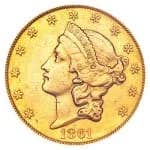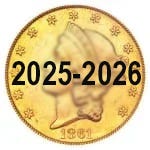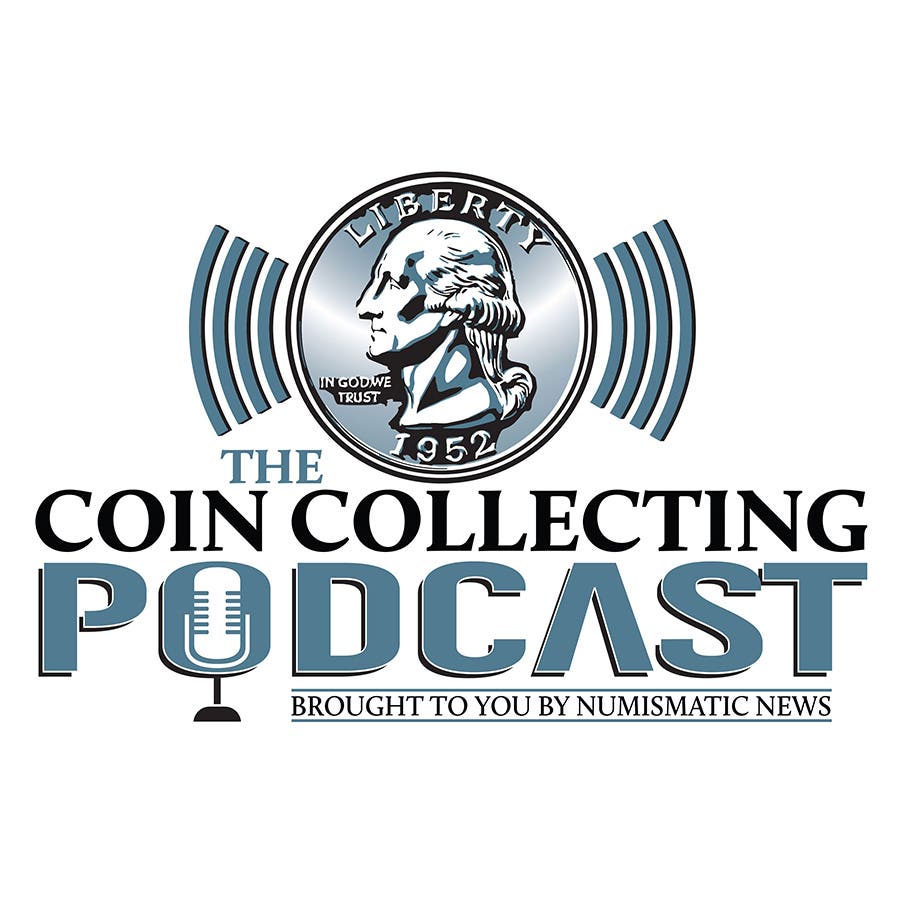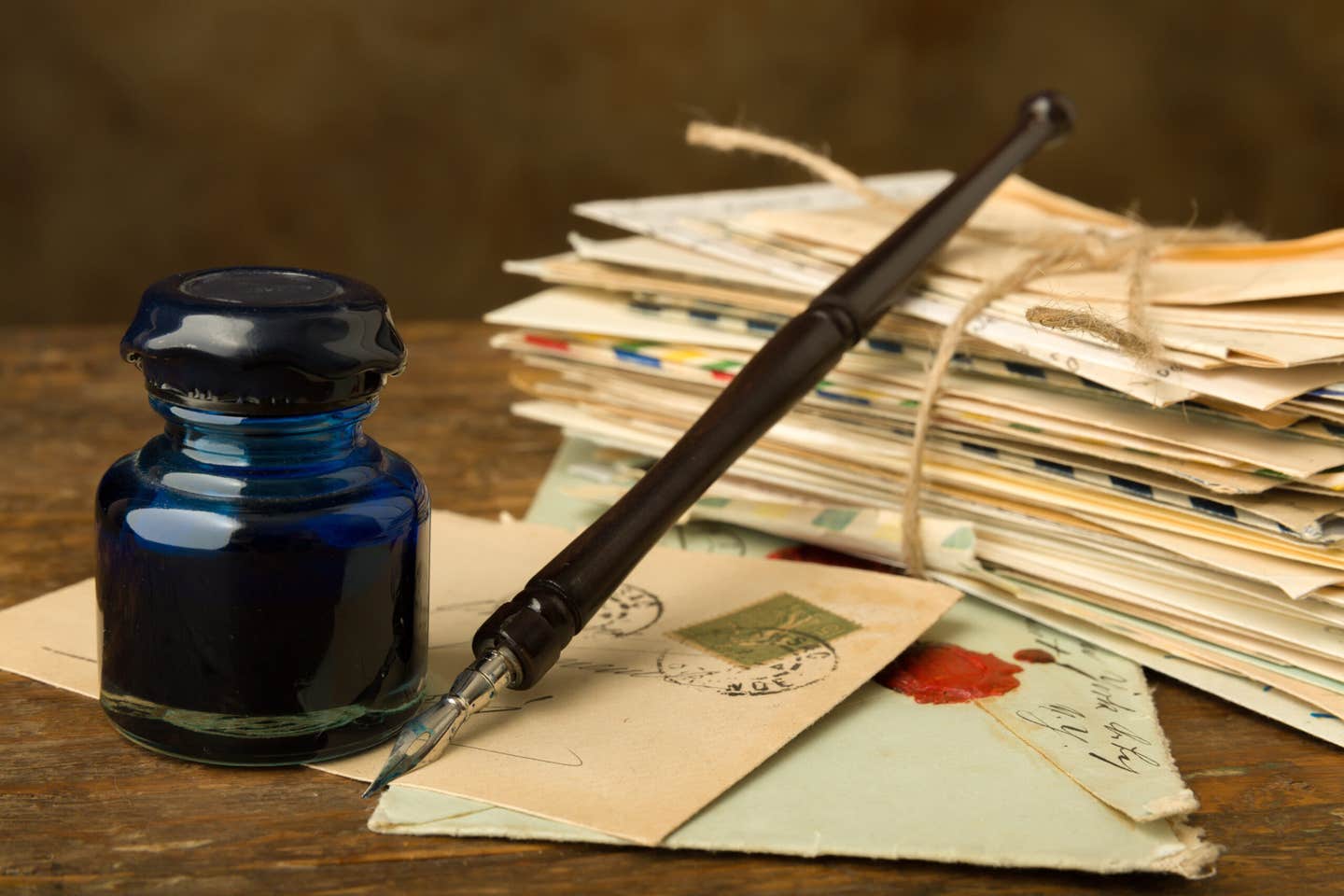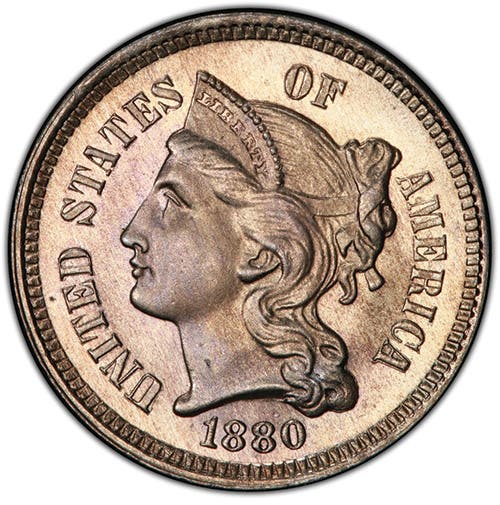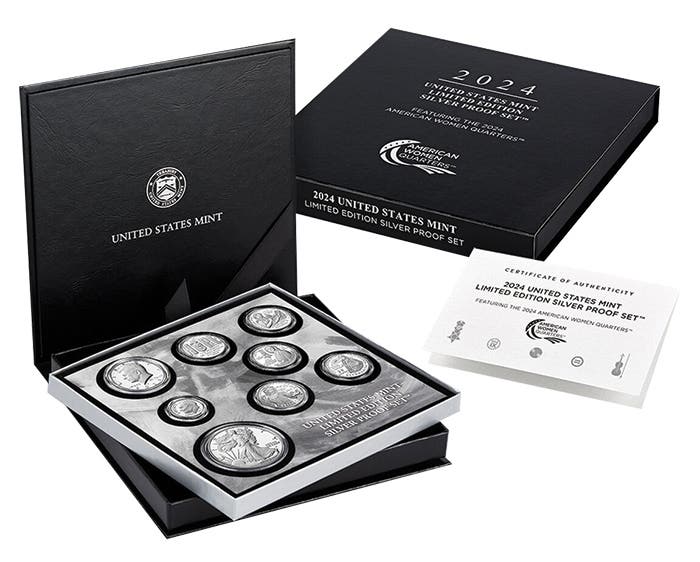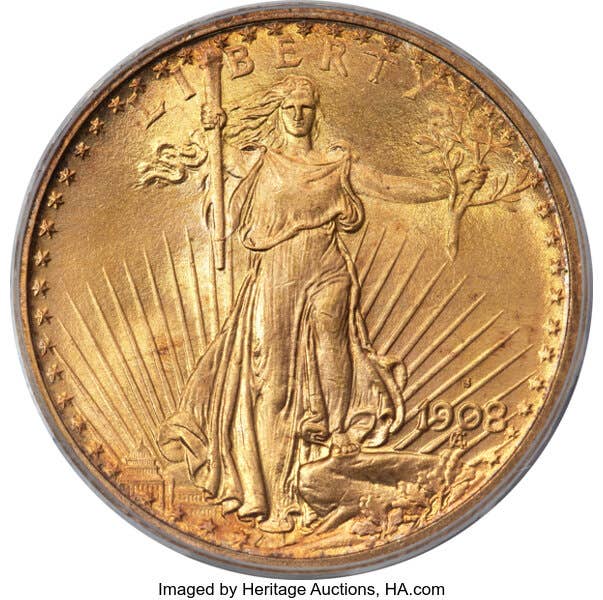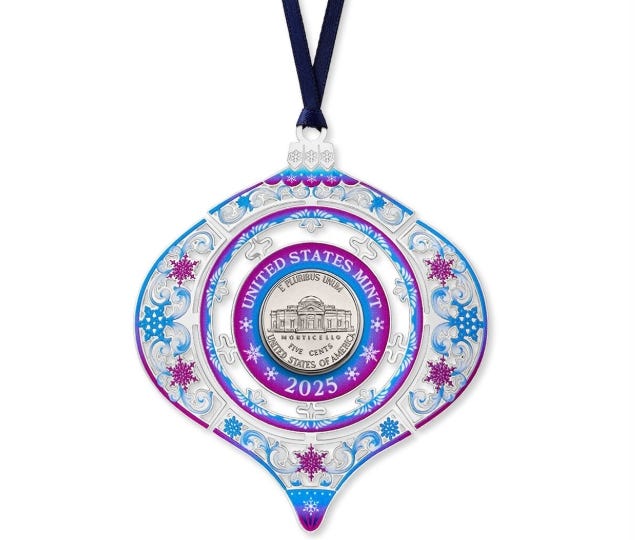Beyond the Mainstream: Silver Bullion Before Silver Bullion Coins – the Maria Theresa Thaler
Move over, Silver Eagle—the Maria Theresa Thaler was the world’s first “bullion coin,” prized for beauty, purity, and an unbroken legacy dating back to 1780.
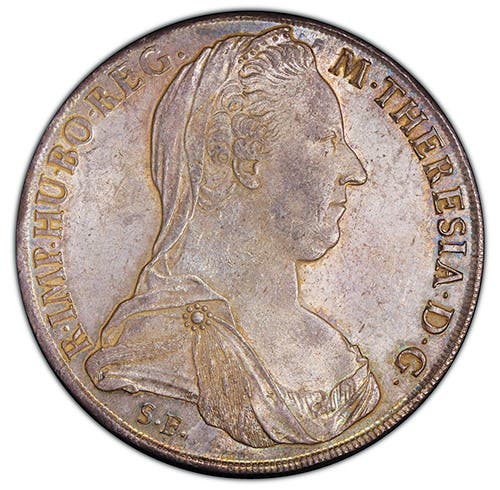
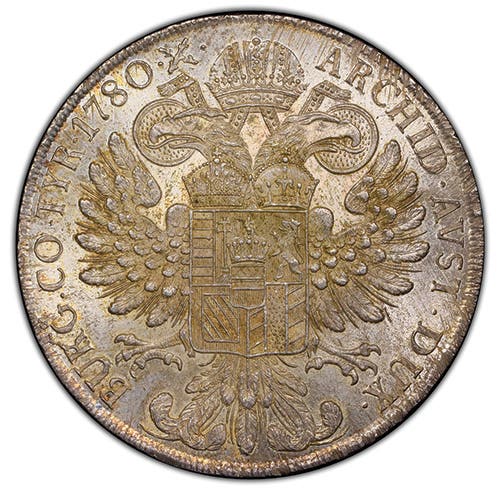
Plenty of us have gotten into collecting United States one-ounce silver Eagles in the past few decades. Perhaps as many of us have expanded into some of the other well-known silver, one-ounce bullion coins, like the Canadian Maple Leafs, the Austrian Philharmoniker, or the Chinese Pandas. All of these and several other bullion coins have definitely become mainstream collecting thrusts for both collectors and investors. But there is a large, silver coin that pre-dates them all, and that actually still finds use in some parts of the world as a store of wealth in silver. This one may qualify as beyond the mainstream. We’re talking about the Maria Theresa thaler.
The basics
Maria Theresa was one of those powerful women in history who ended up in a position most people of her day considered a “man’s job.” She was the Empress of the Austro-Hungarian Empire at a time when it was a much bigger European power than it is today. In 1741, the hefty, silver coin called a thaler had her face on it for the first time. But what collectors and investors call MTTs today are all dated 1780 and all weigh in at 23.386 grams – or 0.752 troy ounces of the precious metal. This coin is large enough to make an interesting addition to just about any collection, whether foreign coins or bullion pieces.
There are several reasons that the Maria Theresa thalers dated 1780 were minted for plenty of years after that date – decades, really – but always with that single year. For one, they are tough to counterfeit. The detail on both the obverse and reverse is complex, and traders find that to be a comfort. The brooch the empress wears, on the obverse, and the Habsburg shield on the reverse are particular points of attention for people who trade in them, as are the numerous abbreviations of the more prominent titles she bore. For another, they have circulated now for centuries in places as far from home as eastern Africa and southwestern Asia. A third reason is that back in the time of world-spanning empires, Great Britain found that locals respected the design so deeply that it was worth their while to mint MTTs themselves.
Proof or proof-like versions
The continued interest in the MTTs means that a huge number of them have been minted in what can be considered proof condition, or in at least a proof-like look. All of these have been minted long after 1780, some of them well into the 20th century. What this means is that they are not counterfeits; rather, they are modern versions of the classic. As long as they have the 0.752 troy ounces of silver in them, they can be bought, sold, and traded for their precious metal value.
For those of us who have never looked at the MTTs seriously, it might come as a pleasant surprise that the proof-like versions do not cost much more than a worn version, and not all that much more than the value of the silver. It comes back to the fact that no matter when such coins were produced, they all carry that 1780 date. As well, since these can be considered foreign coins, the market for them may be thinner than popular U.S. pieces and series.
Marked MTTs
Another interesting twist on the Maria Theresa thalers, or perhaps on how far they have traveled, is that some can be found with large paint or ink markings on them. In the Far East, merchants in some of the big cities sometimes chopped coins to verify their silver, meaning they punched coins, called a chop mark, with some design element. But few MTTs have such marks. More seem to have a large inked mark, often an Arabic letter, and often eye-catchingly large. Some folks in the collecting community are willing to pay a bit more for these, as the inking serves as proof that the particular coin has traveled. Others feel it’s too easy to simply add the mark, then charge more for it.
How do we collect?
Perhaps the biggest question when digging into the coin and the history of the Maria Theresa thaler is: How do we collect a coin that always has the same date? After all, it seems like a one-hit wonder, to use a more modern phrase. Well, we could opt for one that has obviously seen some wear, and that just might be an original, plus a second example that is as proof-like as possible. Beyond that, we might want to hunt around and see if we can find a piece that has a mark painted or inked on it in Arabic script, or some other writing, still at a decent price. But since we bring the MTT up because we are making the claim that it was the bullion coin before bullion coins, why not add just one to any existing collection we already have of United States one-ounce silver Eagles? After all, even though these coins are different, we might say they are kindred spirits. And as far as this particular piece of bullion coin silver goes, these definitely qualify as being beyond the mainstream.
You may also like:

